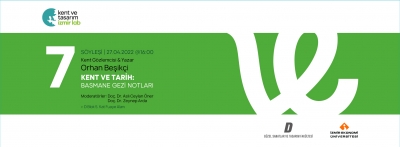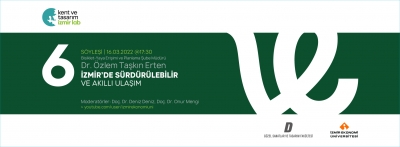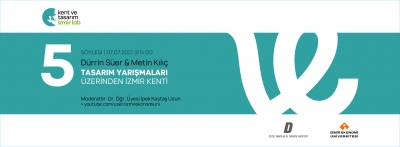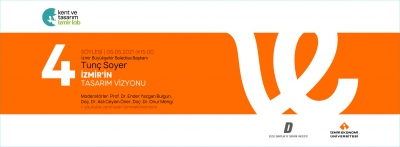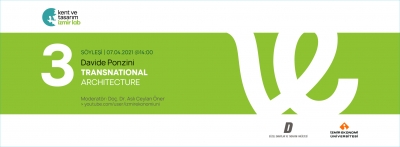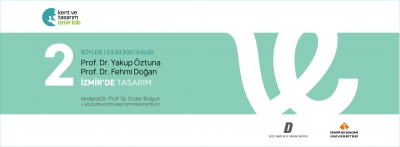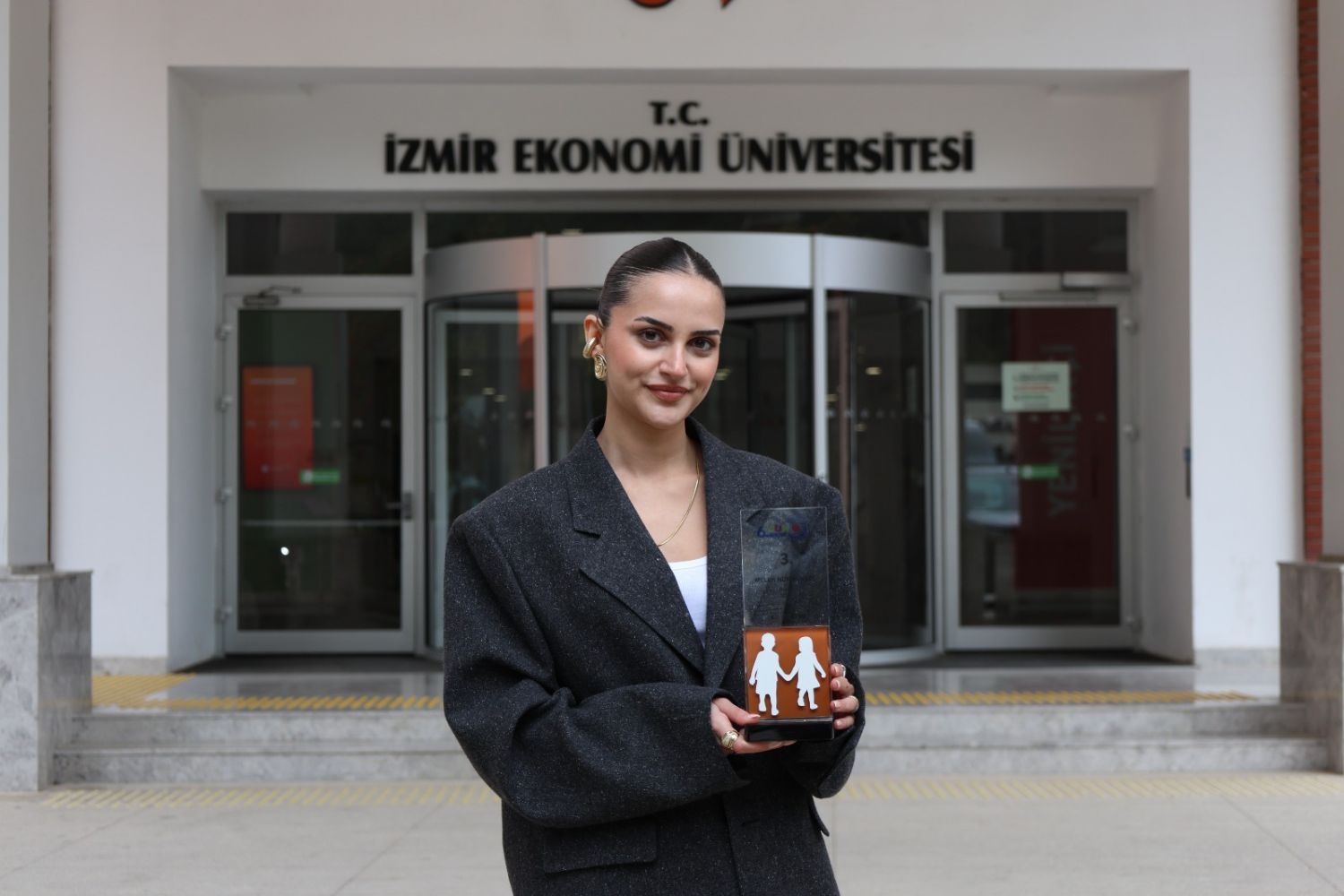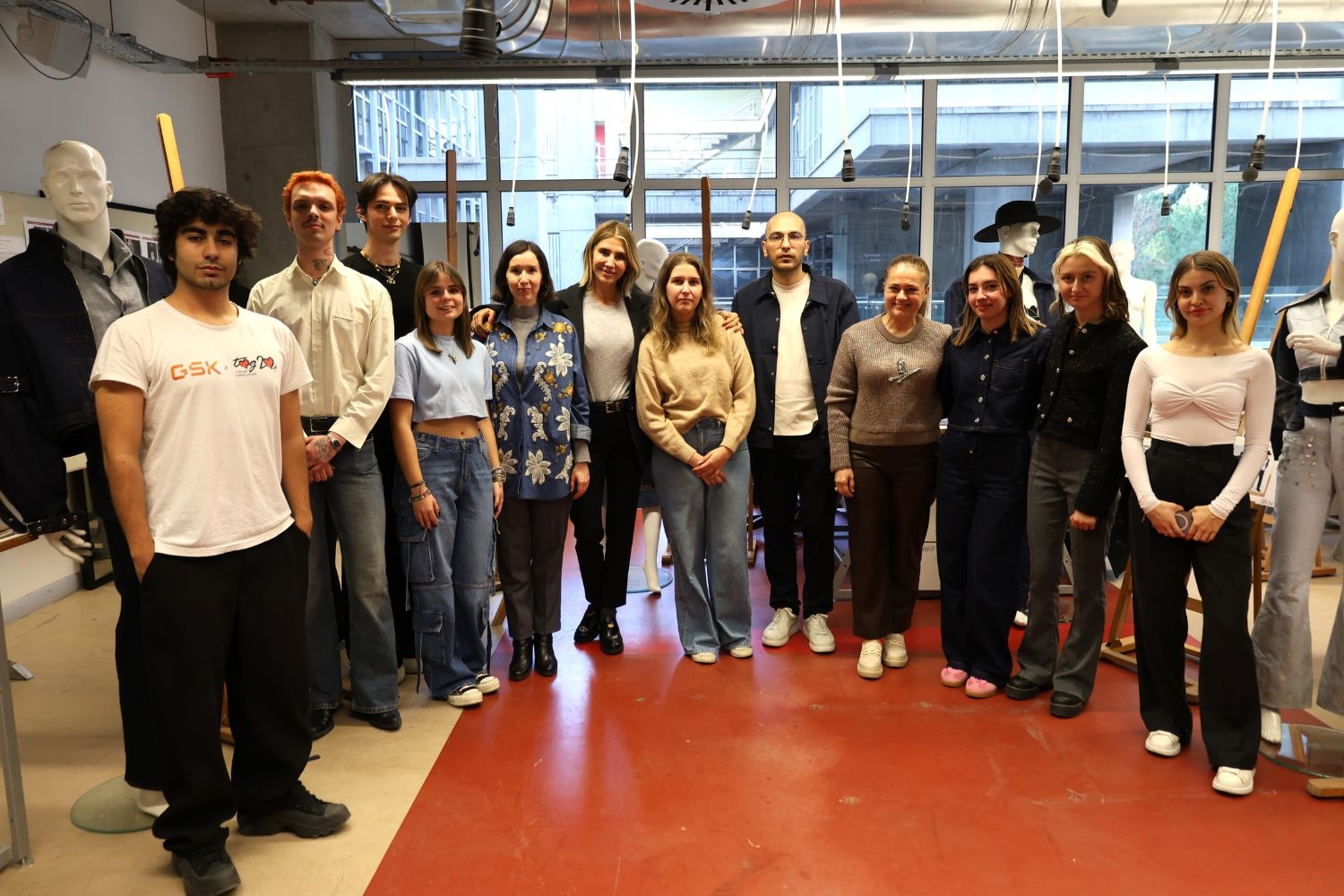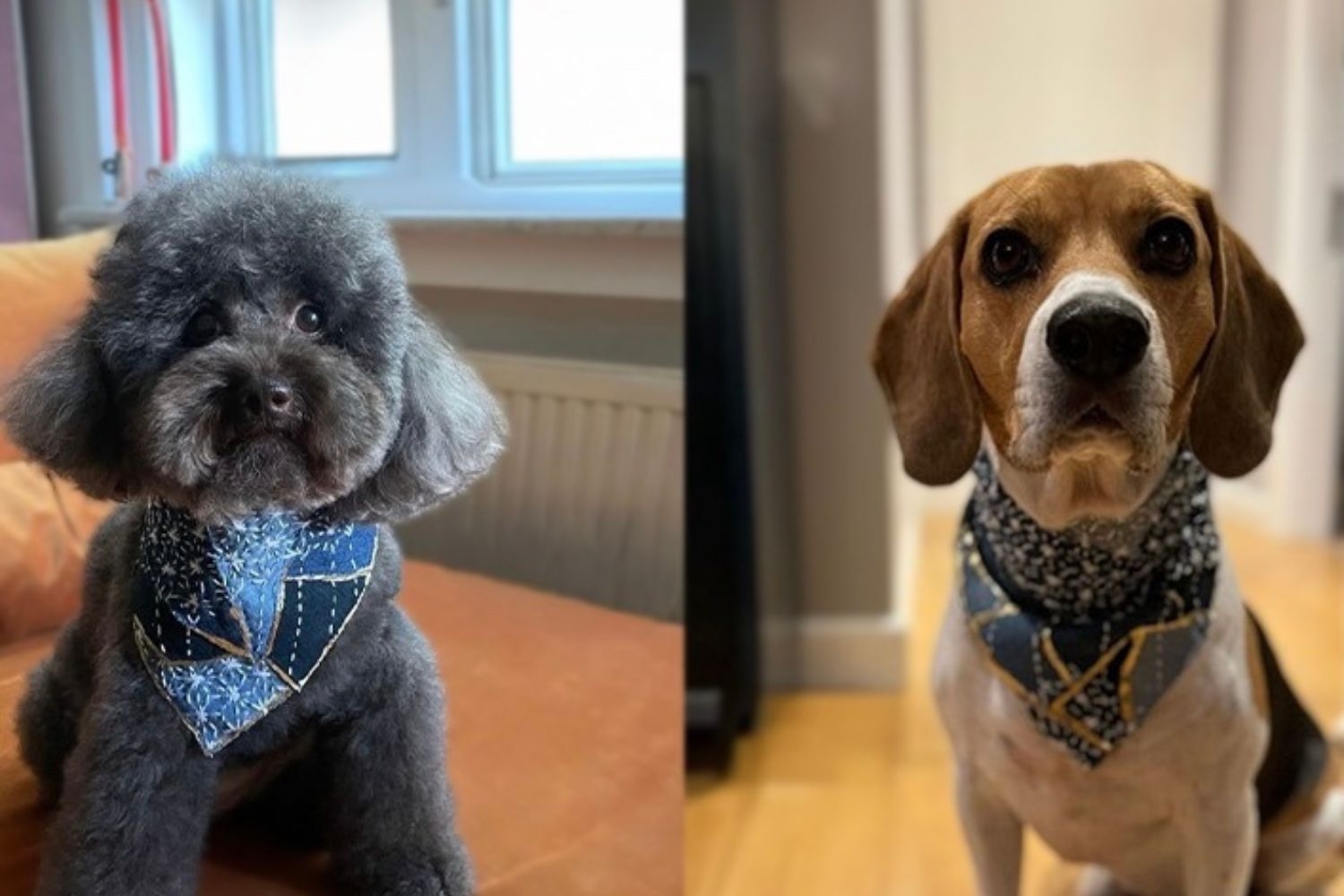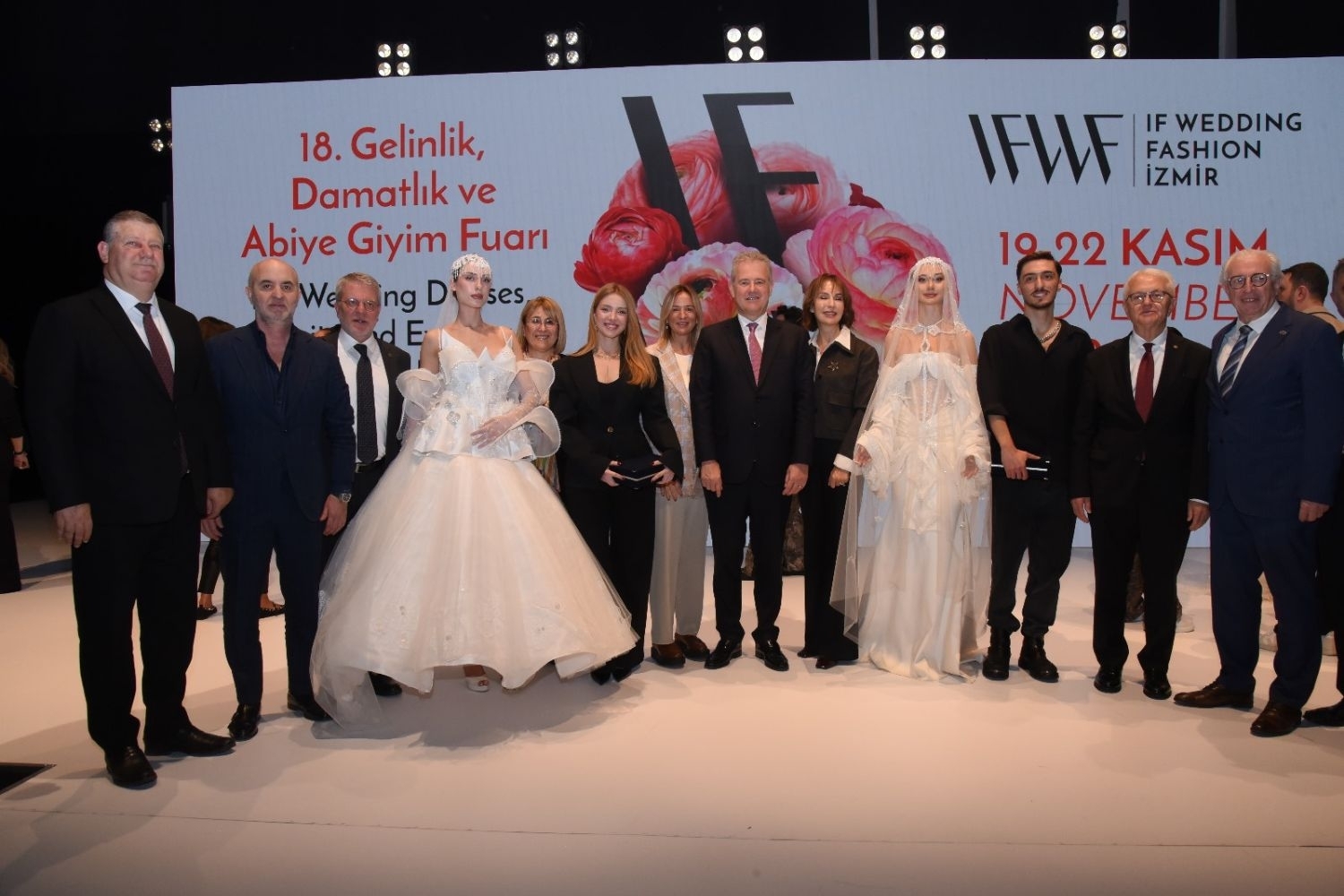FACULTY OF FINE ARTS AND DESIGN
Department of Textile and Fashion DesignFA 360 | Course Introduction and Application Information
| Course Name |
Corporate Apparel and Uniform Design
|
|
Code
|
Semester
|
Theory
(hour/week) |
Application/Lab
(hour/week) |
Local Credits
|
ECTS
|
|
FA 360
|
Fall/Spring
|
2
|
2
|
3
|
4
|
| Prerequisites |
None
|
|||||
| Course Language |
English
|
|||||
| Course Type |
Elective
|
|||||
| Course Level |
First Cycle
|
|||||
| Mode of Delivery | face to face | |||||
| Teaching Methods and Techniques of the Course | Critical feedbackJuryApplication: Experiment / Laboratory / WorkshopLecture / Presentation | |||||
| National Occupation Classification | - | |||||
| Course Coordinator | ||||||
| Course Lecturer(s) | ||||||
| Assistant(s) | - | |||||
| Course Objectives | This course aims to introduce students to corporate apparel & uniform design including the functional capabilities and limitations of such garments. Focusing on the hospitality and service sector, this course aims to help students understand the requirements in terms of apparel products including the key components of uniform design such as corporate identity, colour, fabric and logo development. Students will develop their technical drawing skills on Adobe Illustrator to develop different garment ranges, in a variety of colour ways. Computer Aided Design will also allow students to develop more professional presentation techniques. |
| Learning Outcomes |
The students who succeeded in this course;
|
| Course Description | This course will build on existing design skills to allow students to develop a portfolio of work aimed specifically at the corporate apparel & uniform sector. Students will explore the garment requirements of various industries within the service sector, including hospitality, catering, hotel, banking and airline industries. They will also investigate leisure wear for sports clubs, spa and gym sector. Students will learn to develop a concept in conjunction with the clients requirements, corporate identity and the functional capabilities and limitations of the garments. Colour, fabric, logos, and finishing’s such as print and embroidery will also be considered. A strong focus on professional presentation of design using computer aided design will allow the student to build a strong portfolio of work. |
| Related Sustainable Development Goals |
|
|
Core Courses | |
| Major Area Courses | ||
| Supportive Courses |
X
|
|
| Media and Management Skills Courses | ||
| Transferable Skill Courses |
WEEKLY SUBJECTS AND RELATED PREPARATION STUDIES
| Week | Subjects | Related Preparation |
| 1 | Introduction to Uniform and Corporate | Centner, M., Vereker, F. “Fashion Designer's Handbook for Adobe Illustrator”, Wiley (2011): Chapter 3 – Creating Silhouettes Pg. 74, Creating a Library of Basic Garments Pg.75, Technical Drawing Pg. 76-83 Tallon, K., “Digital Fashion Illustration with Photoshop and Illustrator”, Batsford (2008) : Chapter 4 – Vector Illustrations Pg. 88 |
| 2 | Concept Board / Design Development | Tallon, K., “Digital Fashion Illustration with Photoshop and Illustrator”, Batsford (2008) : Chapter 7 – Digital Painting Pg. 154 Szkutnicka, B., “Flats: Technical Drawing for Fashion (Portfolio Skills: Fashion & Textiles)”, Laurence King Publishers, (2010) Part 1 –Adding Colour, Texture, and Pattern Pg. 46 |
| 3 | Print Design/ Colours /Embroidery Ideas | Centner, M., Vereker, F. “Fashion Designer's Handbook for Adobe Illustrator”, Wiley (2011): Pg.75, Technical Drawing Pg. 76-83 Tallon, K., “Digital Fashion Illustration with Photoshop and Illustrator”, Batsford (2008) : Chapter 4 – Vector Illustrations Pg. 88 |
| 4 | Technical Drawing on Adobe Illustrator | Centner, M., Vereker, F. “Fashion Designer's Handbook for Adobe Illustrator”, Wiley (2011): Chapter 3 – Creating Silhouettes Pg. 74, Creating a Library of Basic Garments Szkutnicka, B., “Flats: Technical Drawing for Fashion (Portfolio Skills: Fashion & Textiles)”, Laurence King Publishers, (2010) Part 2 – Visual Directory of Garments and Details Pg. 64 - 209 |
| 5 | Presentation / Layout / Printing / Submission | Kaled K. Hameide, “Fashion Branding Unraveled”, Fairchild 2011 Chapter 4 – Brand Identity Pg. 134-136 |
| 6 | Sector Research and Analysis | Szkutnicka, B., “Flats: Technical Drawing for Fashion (Portfolio Skills: Fashion & Textiles)”, Laurence King Publishers, (2010) Part 2 – Visual Directory of Garments and Details Pg. 64 - 209 |
| 7 | Detailed Specification Drawing | Szkutnicka, B., “Flats: Technical Drawing for Fashion (Portfolio Skills: Fashion & Textiles)”, Laurence King Publishers, (2010) Part 2 – Visual Directory of Garments and Details Pg. 64 - 209 |
| 8 | Layout / Annotation /Presentation | Centner, M., Vereker, F. “Fashion Designer's Handbook for Adobe Illustrator”, Wiley (2011): Chapter 5 – Story Boards Pg. 134-165, Corporate Hospitality Wear Pg. 166, Corporate Resort Wear Pg. 167 |
| 9 | Brand History & Identity Research | Szkutnicka, B., “Flats: Technical Drawing for Fashion (Portfolio Skills: Fashion & Textiles)”, Laurence King Publishers, (2010) Part 1 – Speed Designing Using Illustrator Pg. 34, Adding Colour, Texture, and Pattern Pg. 46 Part 2 – Visual Directory of Garments and Details Pg. 64 - 209 |
| 10 | Uniform Research & Analysis | Szkutnicka, B., “Flats: Technical Drawing for Fashion (Portfolio Skills: Fashion & Textiles)”, Laurence King Publishers, (2010) Part 1 – Speed Designing Using Illustrator Pg. 34, Adding Colour, Texture, and Pattern Pg. 46 Part 2 – Visual Directory of Garments and Details Pg. 64 - 209 |
| 11 | Brand Uniform Design Concept Development / Colour Scheme / Fabric Research | Kaled K. Hameide, “Fashion Branding Unraveled”, Fairchild 2011 Chapter 4 – Brand Identity Pg. 134-136 Chapter 6 – Retail Brands Pg. 177 -199 |
| 12 | Logo, Graphic, Embroidery, Print Design | |
| 13 | Product Development | Szkutnicka, B., “Flats: Technical Drawing for Fashion (Portfolio Skills: Fashion & Textiles)”, Laurence King Publishers, (2010) Part 1 – Speed Designing Using Illustrator Pg. 34, Adding Colour, Texture, and Pattern Pg. 46 Part 2 – Visual Directory of Garments and Details Pg. 64 - 209 |
| 14 | Product Development | Szkutnicka, B., “Flats: Technical Drawing for Fashion (Portfolio Skills: Fashion & Textiles)”, Laurence King Publishers, (2010) Part 1 – Speed Designing Using Illustrator Pg. 34, Adding Colour, Texture, and Pattern Pg. 46 Part 2 – Visual Directory of Garments and Details Pg. 64 - 209 |
| 15 | Portfolio | Centner, M., Vereker, F. “Fashion Designer's Handbook for Adobe Illustrator”, Wiley (2011): Chapter 5 – Story Boards Pg. 134-165 |
| 16 | Review of the Semester |
| Course Notes/Textbooks | |
| Suggested Readings/Materials |
EVALUATION SYSTEM
| Semester Activities | Number | Weigthing |
| Participation |
1
|
10
|
| Laboratory / Application | ||
| Field Work | ||
| Quizzes / Studio Critiques | ||
| Portfolio |
1
|
20
|
| Homework / Assignments | ||
| Presentation / Jury |
1
|
30
|
| Project |
1
|
40
|
| Seminar / Workshop | ||
| Oral Exams | ||
| Midterm | ||
| Final Exam | ||
| Total |
| Weighting of Semester Activities on the Final Grade |
4
|
100
|
| Weighting of End-of-Semester Activities on the Final Grade | ||
| Total |
ECTS / WORKLOAD TABLE
| Semester Activities | Number | Duration (Hours) | Workload |
|---|---|---|---|
| Theoretical Course Hours (Including exam week: 16 x total hours) |
16
|
2
|
32
|
| Laboratory / Application Hours (Including exam week: '.16.' x total hours) |
16
|
2
|
32
|
| Study Hours Out of Class |
14
|
1
|
14
|
| Field Work |
0
|
||
| Quizzes / Studio Critiques |
0
|
||
| Portfolio |
1
|
10
|
10
|
| Homework / Assignments |
0
|
||
| Presentation / Jury |
1
|
12
|
12
|
| Project |
1
|
20
|
20
|
| Seminar / Workshop |
0
|
||
| Oral Exam |
0
|
||
| Midterms |
0
|
||
| Final Exam |
0
|
||
| Total |
120
|
COURSE LEARNING OUTCOMES AND PROGRAM QUALIFICATIONS RELATIONSHIP
|
#
|
Program Competencies/Outcomes |
* Contribution Level
|
|||||
|
1
|
2
|
3
|
4
|
5
|
|||
| 1 |
To be able to develop and design a collection independently. |
-
|
X
|
-
|
-
|
-
|
|
| 2 |
To be able to do maintain a design research individually or as a team. |
-
|
X
|
-
|
-
|
-
|
|
| 3 |
To be able to develop entrepreneurship- and managerial skills for a future professional practice. |
-
|
-
|
-
|
-
|
-
|
|
| 4 |
To be able to understand, interpret and apply theoretical knowledge in fashion and textile design. |
-
|
-
|
-
|
-
|
-
|
|
| 5 |
To be able to analyze and integrate the particular local and regional needs and of their profession. |
X
|
-
|
-
|
-
|
-
|
|
| 6 |
To be able to obtain a multidisciplinary point of view, follow and analyze the new issues, changes and trends in contemporary design and art in such a way that they can be integrated into design practice. |
-
|
-
|
-
|
-
|
-
|
|
| 7 |
To be able to apply industrial requirements, knowledge of material & usage and know-how knowledge in the creation of high quality fashion products. |
-
|
-
|
X
|
-
|
-
|
|
| 8 |
To be able to use digital information and communication technologies at a level that is adequate to the discipline of fashion and textile design. |
-
|
X
|
-
|
-
|
-
|
|
| 9 |
To be able to develop an ongoing analytical and professional approach to academic and design research. |
-
|
-
|
-
|
-
|
-
|
|
| 10 |
To be able to recognize the need and importance of a personal lifelong learning attitude towards their chosen area of interest. |
-
|
-
|
-
|
-
|
-
|
|
| 11 |
To be able to collect data in the areas of fashion and textile design and communicate with colleagues in a foreign language ("European Language Portfolio Global Scale", Level B1). |
-
|
-
|
-
|
-
|
-
|
|
| 12 |
To be able to speak a second foreign at a medium level of fluency efficiently. |
-
|
-
|
-
|
-
|
-
|
|
| 13 |
To be able to relate the knowledge accumulated throughout the human history to their field of expertise. |
-
|
-
|
-
|
-
|
-
|
|
*1 Lowest, 2 Low, 3 Average, 4 High, 5 Highest
NEWSALL NEWS

IZMIR UNIVERSITY OF ECONOMICS GÜZELBAHÇE CAMPUS
DetailsGLOBAL CAREER
As Izmir University of Economics transforms into a world-class university, it also raises successful young people with global competence.
More..CONTRIBUTION TO SCIENCE
Izmir University of Economics produces qualified knowledge and competent technologies.
More..VALUING PEOPLE
Izmir University of Economics sees producing social benefit as its reason for existence.
More..









